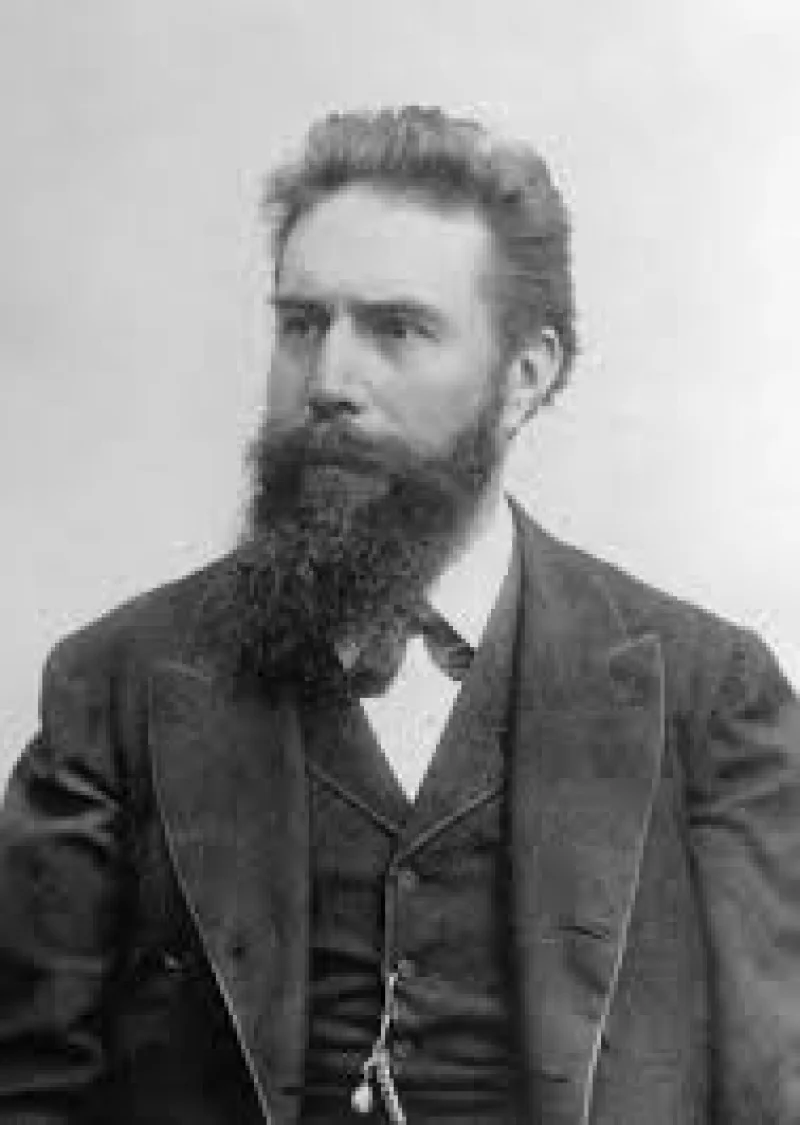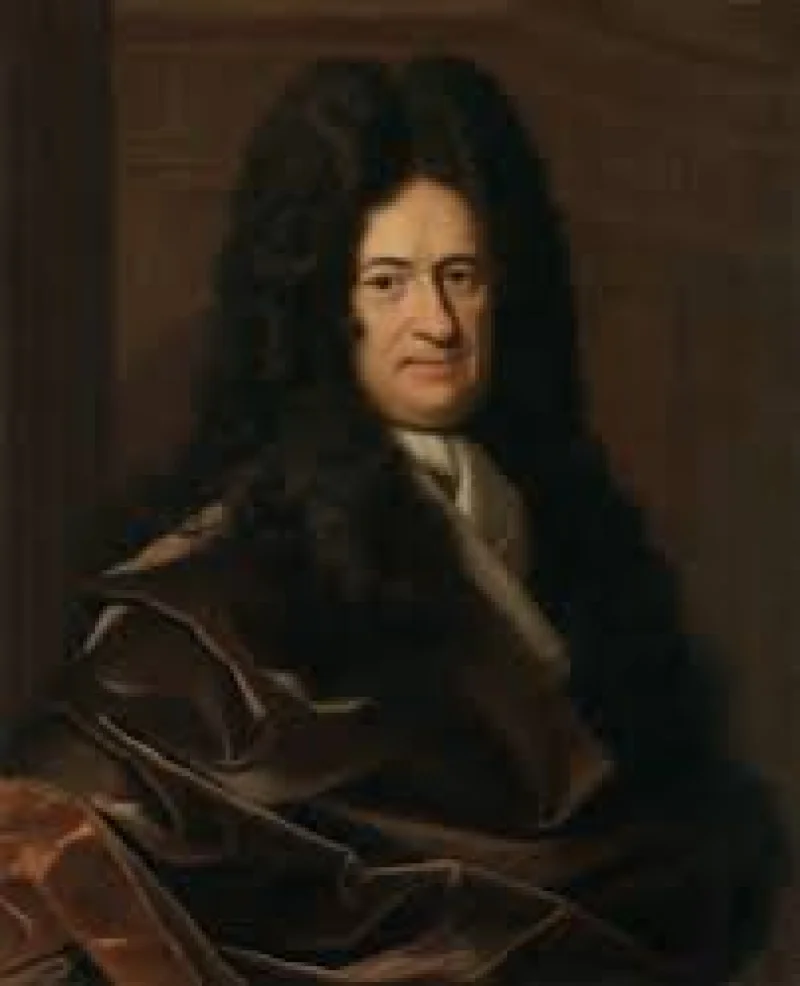Short Summary
Wilhelm Röntgen was a German physicist best known for his discovery of X-rays, which marked a significant breakthrough in medical diagnostics and physics. He was awarded the first Nobel Prize in Physics in 1901 for this remarkable discovery. Röntgen's work laid the foundation for the field of radiology and has had an enduring impact on medical science and technology.
Early Life & Education
Wilhelm Conrad Röntgen was born on March 27, 1845, in Lennep, Prussia, which is now part of Remscheid, Germany. He was the only child of Friedrich Conrad Röntgen, a cloth manufacturer, and Charlotte Constanze Frowein. His family moved to Apeldoorn, Netherlands, in 1848, where he attended the Institute of Martinus Herman van Doorn. In 1865, Röntgen was expelled from the Utrecht Technical School due to a misunderstanding involving a caricature. He later enrolled at the Polytechnic Institute in Zurich, now ETH Zurich, where he studied mechanical engineering and received his Ph.D. in 1869.
Career Highlights
Röntgen's career began with various academic positions, including roles as a lecturer and professor at institutions like the University of Strasbourg and the University of Giessen. In 1888, he became a full professor at the University of Würzburg, where he made his groundbreaking discovery of X-rays in 1895. This discovery occurred while Röntgen was experimenting with cathode rays. His careful and methodical approach to research enabled him to identify the new type of ray that could penetrate solid objects and produce images of the internal structure of objects, including the human body.
Major Achievements
- Discovery of X-rays: Opened new possibilities in medical diagnostics and treatment.
- Nobel Prize in Physics (1901): Recognized for his discovery of the remarkable properties of X-rays.
- Honorary Doctorates: Received from several universities, acknowledging his contributions to science.
Famous Quotes
- "I did not think; I investigated."
- "It seemed at first a new kind of invisible light."
Interesting Facts
- Röntgen refused to patent his discovery, believing it should benefit humanity.
- He was an avid nature lover and enjoyed hiking and mountaineering.
- Röntgen's discovery was initially called "Röntgen rays" in his honor.
- He donated his Nobel Prize money to his university.
Legacy / Influence
Röntgen's discovery of X-rays revolutionized both medical diagnostics and the field of physics. It allowed for non-invasive investigation of the human body, leading to advancements in medical treatment and surgery. His work paved the way for the development of modern radiology, profoundly impacting medical science and technology. Röntgen's legacy endures in the continued use and development of X-ray technology in various fields.
FAQ
Q: Why is Wilhelm Röntgen famous?
A: Because of his discovery of X-rays, which revolutionized medical diagnostics and physics.
Q: What did Röntgen do with his Nobel Prize money?
A: He donated it to his university.
Q: Did Röntgen patent his discovery?
A: No, he believed it should benefit all of humanity.












